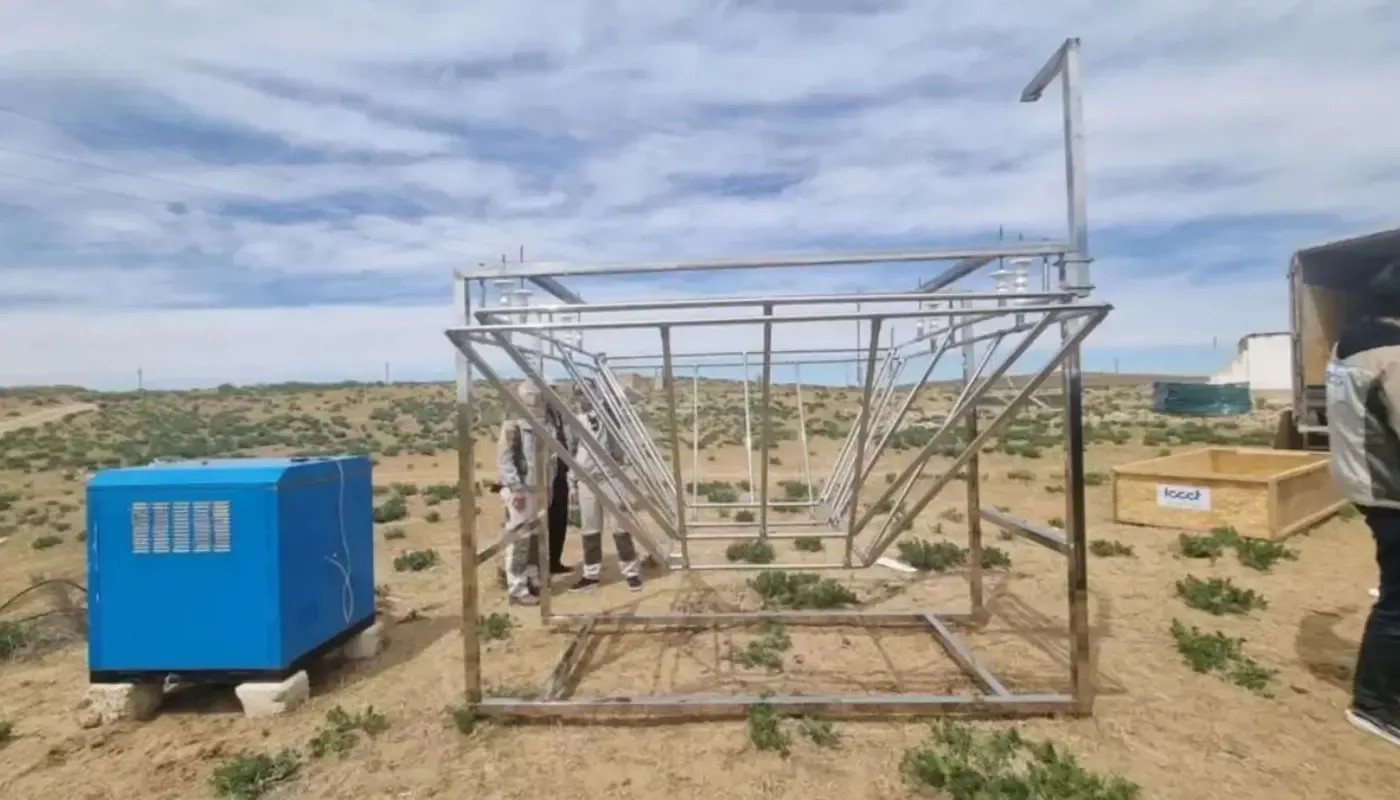
New technology is being used to combat climate issues in Uzbekistan. For the first time, the practice of artificially inducing rain was implemented in the Konimex district of the Navoi region. This was reported by Kazakhstan's "Kazinform" news agency.
According to reports, special modern equipment was brought to the pasture areas of the district with the initiative of the district administration to stimulate the process of cloud formation in the atmosphere and increase precipitation. This technology aims to enhance the ability of clouds to produce rain by dispersing chemical substances into the atmosphere.
This innovative project is being implemented in collaboration with Kazakhstan's International Centre of Climate Change Technologies (ICCCT). Based on an agreement signed between the organization and the local authorities, the experience of inducing rain is being conducted in the drought-prone desert areas of Konimex.
The equipment installed within the project operates through modern meteorological analysis and modeling. Indicators such as humidity, temperature, and wind direction are taken into account, and clouds are influenced using a special aircraft or device.
Experts emphasize that this technology is effectively used in countries such as the USA, China, the United Arab Emirates, and Saudi Arabia. Now, this experience will be widely tested in Uzbekistan with the aim of developing livestock, improving pasture conditions, and most importantly, mitigating the negative effects of drought.
Representatives of the Konimex district administration and the climate technology center have stated that they are pleased with the initial results of the project. If the experiment concludes successfully, this technology may also be implemented in other regions of the Navoi province.
Thus, artificial rainmaking is becoming a new step in Uzbekistan to alleviate the scarcity of natural water resources and support livestock and agriculture. In the coming years, such technologies are expected to be widely implemented and become an important part of climate-adaptive agro-industrial reforms in the country.